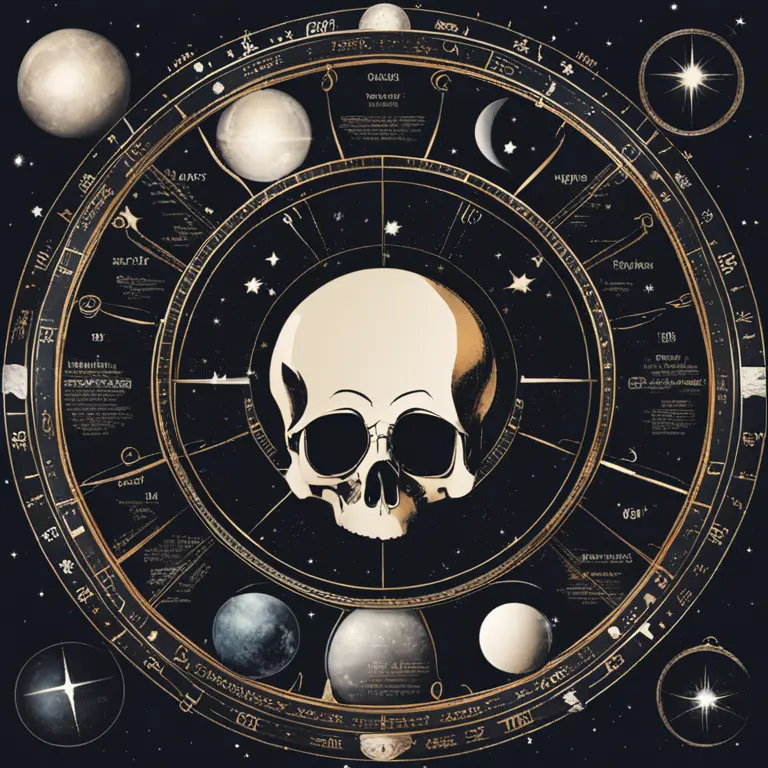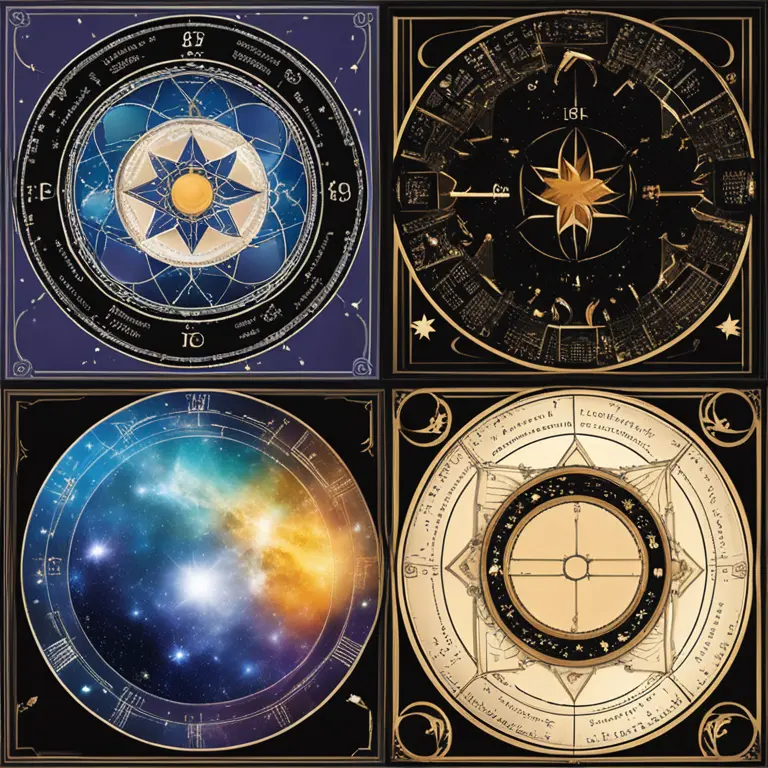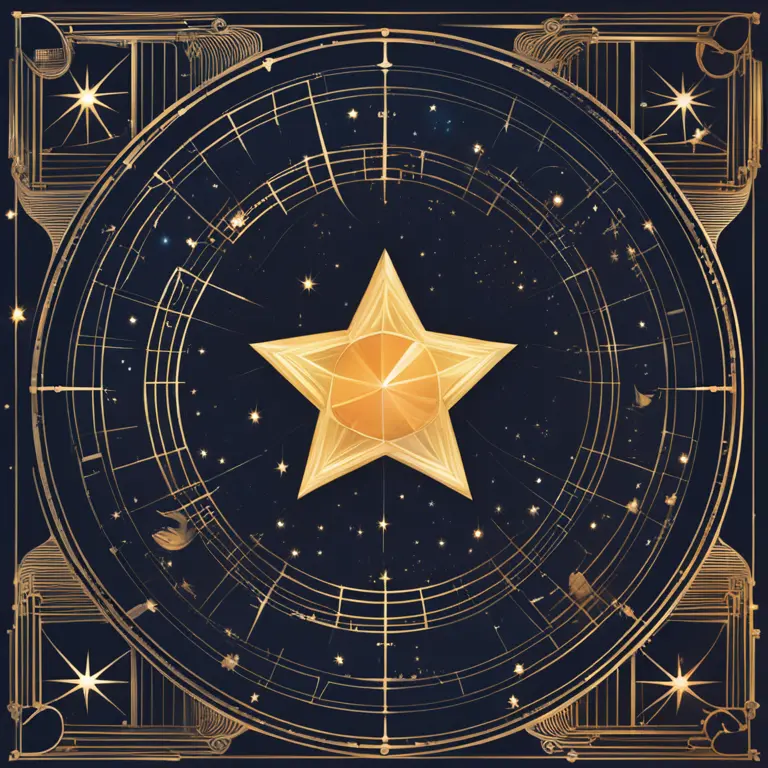
Can a Birth Chart Foretell Lifespan?
Does astrology hold the power to predict death? This article delves into the controversial topic of life expectancy within the birth chart.
article by Priya Deshmukh
Astrology and Life Predictions
The intersection of life, death, and astrology has always been a subject of intrigue and controversy. The birth chart, a snapshot of the heavens at the moment of birth, is believed by astrologers to reveal a wealth of information about a person's life, character, and destiny. Traditionally, practitioners have looked to the stars for hints about an individual's lifespan, though predicting death remains one of astrology's most disputed and ethically questionable areas. In this modern era, the focus of astrology has primarily shifted towards growth, personal development, and self-awareness rather than deterministic outcomes such as death.

The Ethics of Death Prediction
Before diving into the technical aspects of astrological death predictions, it's crucial to address the moral implications. The ethical code of most modern astrologers precludes predicting death due to the psychological impact such predictions can have on individuals. Moreover, astrology is viewed as a tool for helpful guidance, not a means to induce fear or an obsession with one's mortality. Consequently, reputable astrologers today shy away from making explicit predictions about death, choosing instead to focus on how individuals can make the most of their lives.

Technical Challenges in Prediction
Even if one were to attempt to predict death through astrology, the technical challenges are immense. While certain placements and transits – such as those involving Saturn, Pluto, and the Eighth House – have been historically linked with major life transformations and endings, astrological consensus maintains that these indicators are not reliable predictors of death. Factors like the individual's free will, lifestyle choices, and unforeseen circumstances play considerable roles in the unfolding of life events, rendering death predictions vague and speculative at best.

The Psychological Perspective
The possible psychological ramifications of attempting to predict one's death cannot be overstated. The nocebo effect — a negative reaction that occurs due to the belief that something harmful will happen — can result from such predictions. Knowledge, or even the idea of an impending death, can lead to increased anxiety and potentially harmful behavior patterns. Thus, contemporary astrology emphasizes empowerment and emotional well-being, avoiding fatalistic forecasts or the suggestion of inevitable outcomes.

Modern Astrology's Approach
Modern astrology prefers to harness the power of predictive elements to prepare and empower individuals to navigate life's challenges. Instead of focusing on death, the emphasis is on transit periods that signify transformation and personal growth. Astrologers may discuss the potential for reinvention during Pluto's transits or the maturing effects of a Saturn return, but they stop short of linking these to physical mortality. Instead, they guide individuals on how to best work with these cycles for their personal and spiritual development.
Conclusion: A Life-Enhancing Tool
In summary, while historical astrology might have dabbled in life expectancy calculations, contemporary practice treats the birth chart as a map for living rather than a countdown to death. This shift mirrors a broader societal movement towards personal agency and resilience. In the constantly evolving field of astrology, the birth chart is therefore seen as a life-enhancing tool, guiding individuals towards fulfillment and purpose, rather than as a grim reaper's ledger.
Published: 1/22/2024
Modified: 1/22/2024
More predictions
Come back here soon to learn more about yourself and your future


The Essence Of Moon Phases
Delve into the essence of lunar phases, how they affect us, and their significance in astrology with a clear and concise guide to the moon's journey.


The Lunar Phases of the Moon Explained
Learn how the moon's phases affect us on Earth and influence astrological interpretations through their celestial dance.


Moon Phases & Their Astrological Meaning
Discover the mystical meanings behind the moon's phases and how they influence astrology and personal growth.